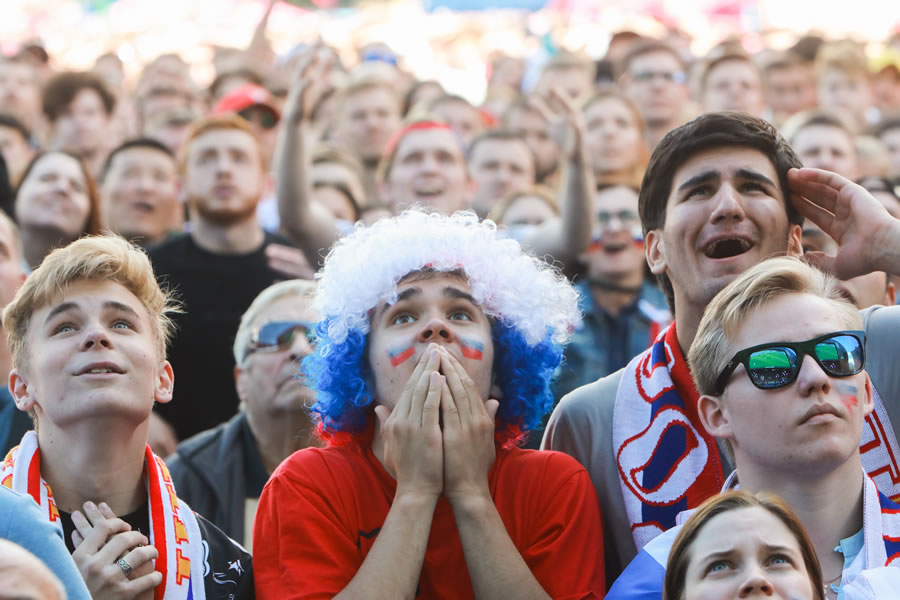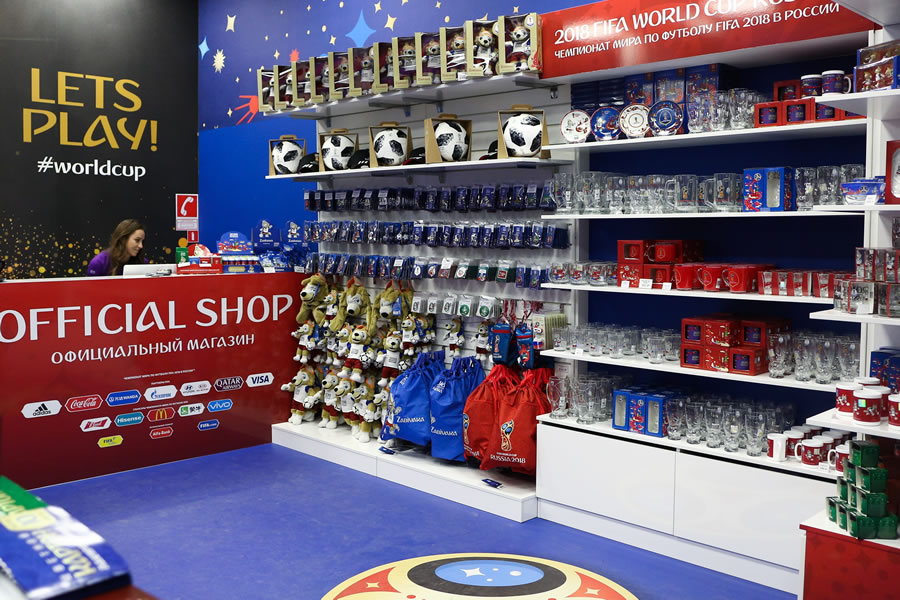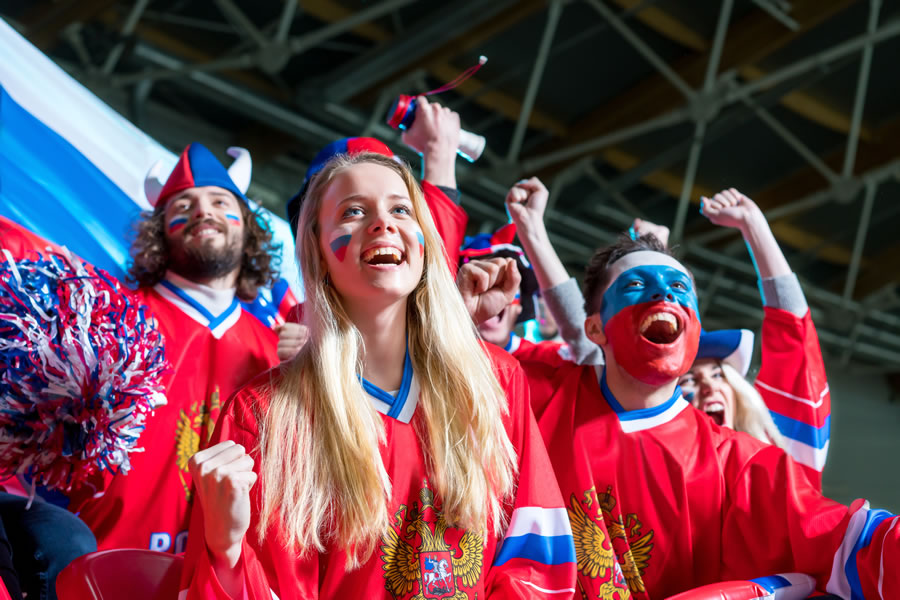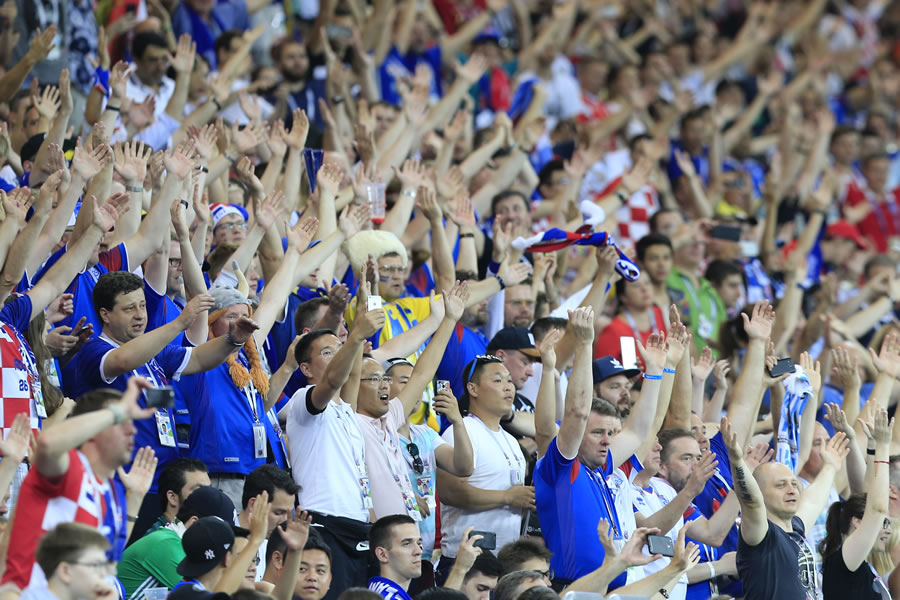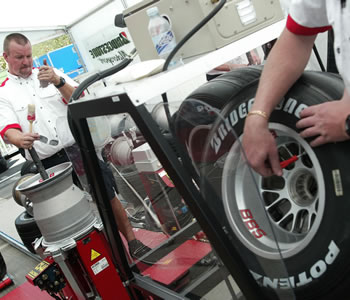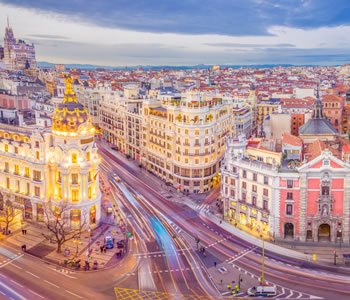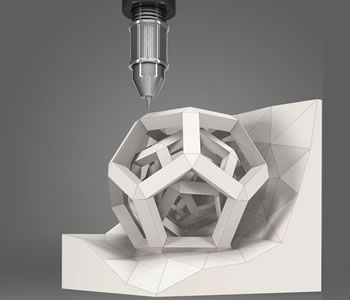The FIFA World Cup has clearly impacted the Russian petrochemical industry. Petrochemical products were used to create new stadiums, develop sports outfit and even football merchandise.
Petrochemical products were used to create new stadiums, develop sports outfit and even football merchandise.
According to Andrey Kostin, Head of the RUPEC think tank and analytical agency, it was in 2015–2016 that the surging demand for petrochemicals bolstered sales and pushed the pipe market out of the doldrums. “Stronger demand for pipes was driven by the construction of sports facilities ahead of the World Cup,” he says.
In the run-up to the championship, Russia saw 12 stadiums built fr om scratch and renovated, 20 railway terminals and stations upgraded, airports’ capacity expanded, with new roads and transport infrastructure put in place (26 new facilities, including new underground stations in St Petersburg and Nizhny Novgorod). “The FIFA World Cup gave a boost to the production and sales of chemical and petrochemical products in Russia. In 2015–2017, production of ethylene polymers rose by 10%, polyvinyl chloride by 11%, paints and coatings by 14%, and polypropylene by 10%,” comments Nina Adamova, analyst at Gazprombank’s Centre for Economic Forecasting.
In the run-up to the championship, Russia saw 12 stadiums built from scratch and renovated, 20 railway terminals and stations upgraded, with new roads and transport infrastructure put in place.
Polymers are an essential part of façades, roofs, pipes, waterproofing, and artificial pitches. “A similar trend was observed in Russia on the eve of the Sochi 2014 Winter Olympics,” Nina Adamova says. “Demand for paint, coatings and construction materials in Russia peaked in 2012, with imports going up dramatically.”
Andrey Kostin makes a point that despite the economic benefits generated by the World Cup, a true breakthrough in the petrochemical industry is hampered by the Russian volatile economy. “As the two trends are offsetting each other, the increase in polymer consumption driven by the World Cup 2018 was below our expectations. Also, traffic restrictions and bans on trade in crowded places also hinder the growth,” the expert says. The project manager of VYGON Consulting Dmitry Akishin says that the impact of hosting the World Cup turned out to be short-lived since the construction was largely executed in 2016–2017.
Still, the event helped improve the demand for disposable plastic tableware and packaging. “The World Cup usually pushes up sales of individual packaging, especially themed packaging solutions, which are about to grow both across the game venues and overall. We are about to see a similar trend in the disposable plastic tableware,” says Olga Rykalina, Ph.D. in Economics, Assistant Professor at the Department of Marketing, Plekhanov Russian University of Economics.
The World Cup usually pushes up sales of packaging, especially themed solutions.
So far, market participants see no dramatic change in the number of orders for either packaging or disposable tableware. “An uptick in consumption is possible, but it will revert back to wh ere it was shortly after the World Cup is over,” says independent consumer market expert Alexander Anfinogenov.
The FIFA World Cup gave a boost to the production and sales of chemical and petrochemical products in Russia.
Manufacturers of plastic tableware can still benefit from the restrictions imposed on the sale of alcohol in glass bottles during the World Cup. Maria Molodichenko, Marketing and Advertising Manager at Mir Upakovki, also notes a recent growth in demand for tailored packaging solutions. “A customised approach is currently a vacant niche as opposed to the ever growing competition in the mass market,” she says.
In addition to tableware and packaging, polymers are also widely used to manufacture polyester scarves, flags, foam hands, hats and other synthetic merchandise that enjoy strong demand and sales prior to the World Cup. Alexey Masanov, an independent expert on strategic development of the chemical and petrochemical segment, supposes there may be some peaks in consumption driven by the World Cup, but the overall trend will persist. “No matter how big the projects are, they cannot turn the tide. This being said, they can still act as the growth drivers,” he says.
Polymers are widely used to manufacture official football merchandise.
In 2015–2017, production of ethylene polymers rose by 10%, polyvinyl chloride by 11%, paints and coatings by 14%, and polypropylene by 10%.
Some manufacturers admit that so far, they have been facing challenges instead of opportunities. According to Elena Mikhaylenko, Head of the Polymer Packaging Department at Aleko, one of the problems is the growing tariffs for transportation of end products and feedstock.
“We have to purchase and import consumables two months in advance. Delivery costs have already increased, and there is also a shortage of vans leading to longer delivery times,” she adds. She estimates that the expected surge in demand for packaging products and disposable tableware is still on its way. “No events can beat the seasonal factor,” says the expert.
Summarising the above, hosting the FIFA World Cup in Russia has had no major impact on demand for polymer products, largely due to the fact that purchases lasted for several years instead of being one-off. It is worth noting, however, that this outstanding global event served as a growth driver for the whole industry.
Petrochemical consumption spurs GDP growth
According to the project manager of VYGON Consulting Dmitry Akishin, GDP is expected to grow further mainly due to the momentum of petrochemical consuming sectors, such as construction, consumer staples production, etc.
“We expect an accelerated growth in demand for petrochemicals in line with the global trend, or 2.5–4%, with GDP growth projections at around 2%. The spike in demand for certain products (LLDPE, some PVC grades) may well exceed 10%.”
In 2017, the industrial production index for chemical products stood at 104.3% vs 2016, while for rubber and plastic products, it amounted to 104.2%. With the processing industries’ index averaging 100.2%, the chemical industry is a strong performer, outstripped only by the production of medications, textiles, furniture, vehicles, and equipment.
Download PDF

